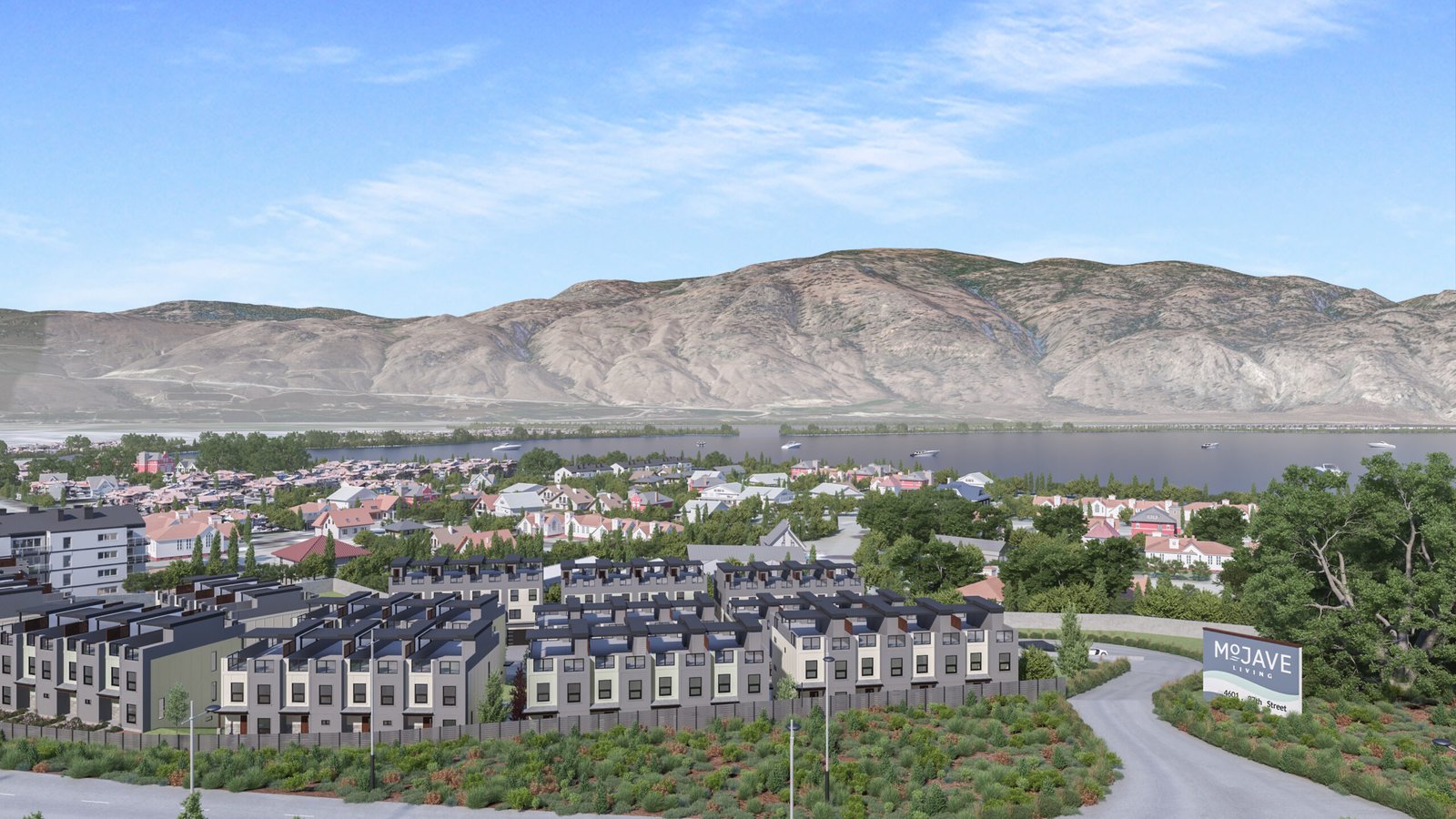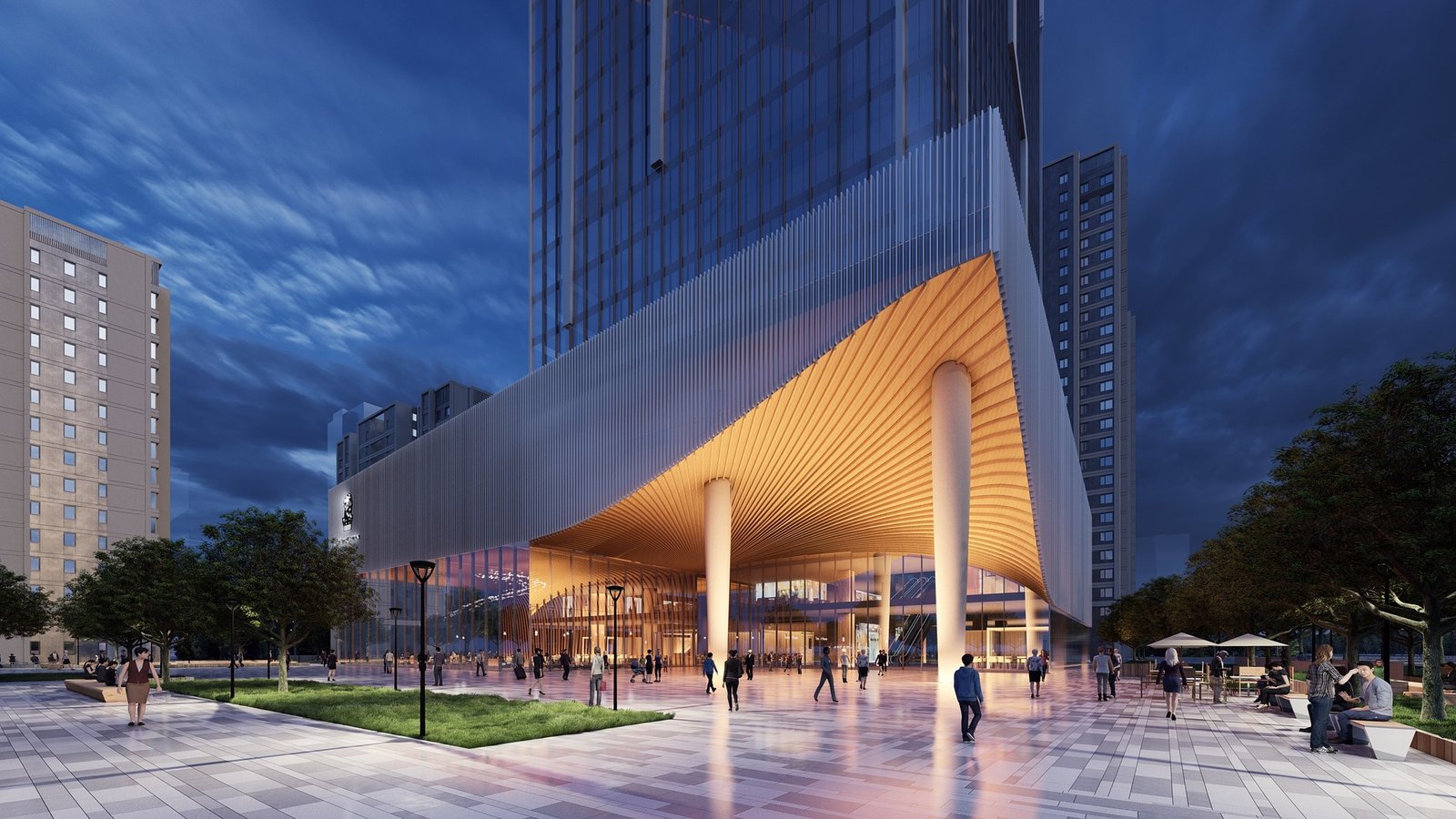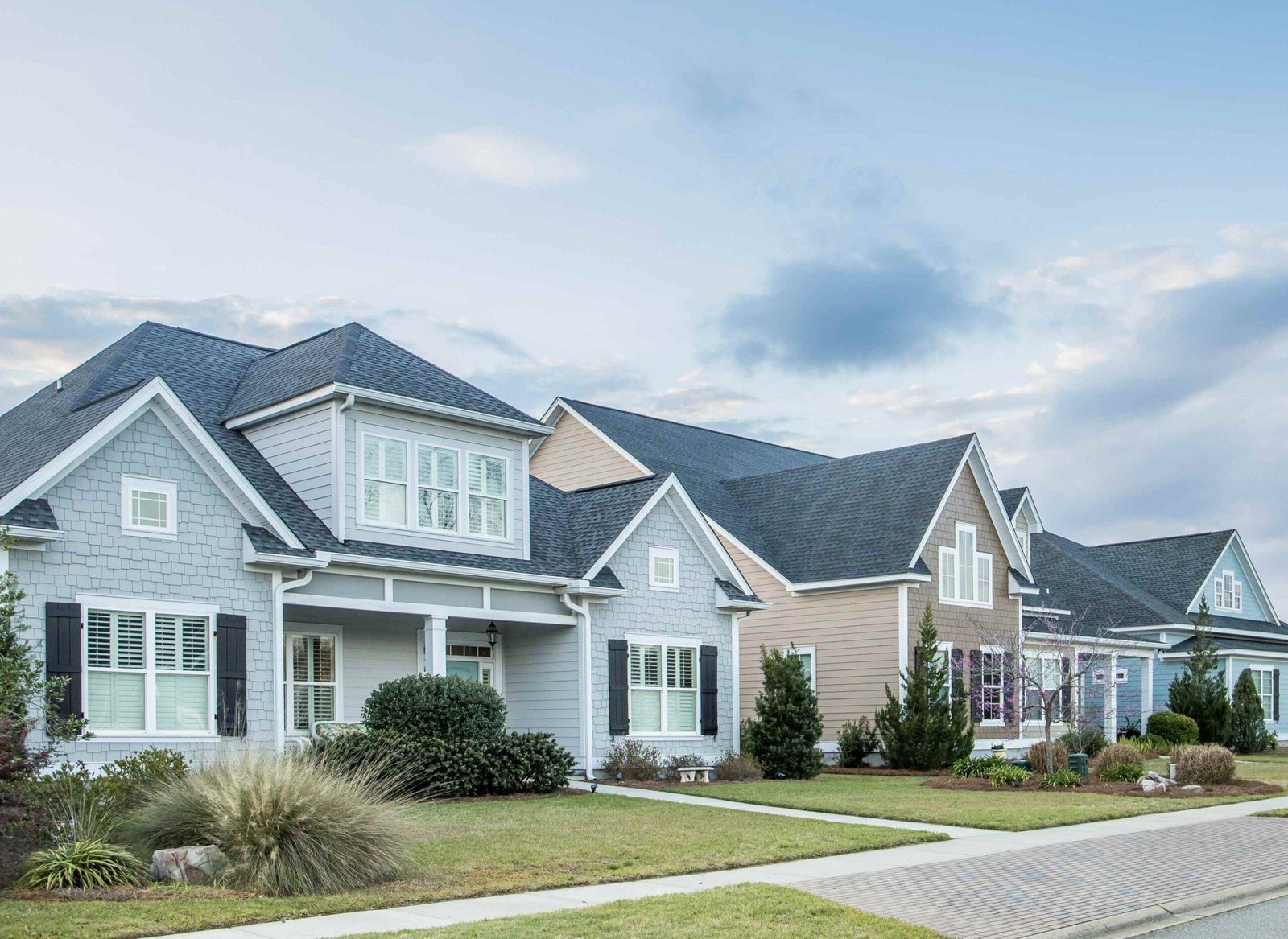Table of Contents
KEY TAKEAWAYS
What exactly are 3D Rendering Services?
3D Rendering Services convert three-dimensional models into photorealistic 2D images or animations using software such as Blender, 3ds Max, V-Ray, Unreal Engine, and cloud-based GPU farms.
What are the core stages of the rendering pipeline?
Modeling, UV unwrapping, PBR texturing, lighting setup, render engine configuration, and post-processing are the six essential steps you must master for reliable, high-fidelity results.
How do 3D Rendering Services integrate into your workflow?
By providing end-to-end pipelines like asset import, material libraries, automated QA scripts, cloud bursting via AWS ThinkBox Deadline, and collaborative review platforms, you accelerate approvals and eliminate technical bottlenecks.
How can I prepare for a smooth 3D rendering engagement?
Assemble your source files—CAD/BIM models, material libraries, HDRI maps—in a shared cloud folder with clear naming conventions. Draft a one-page creative brief outlining scope, deadlines, brand guidelines, and contact points.
Why Should You Understand 3D Rendering Services?
Understanding 3D rendering services and the broader digital rendering landscape empowers you to move beyond static blueprints and hand sketches.
Whether you’re overseeing 3D architectural rendering or crafting detailed architectural visualization scenes, these services transform raw CAD or BIM data into photorealistic images that clearly communicate scale, materials, and lighting before construction begins.
By mastering the 3D rendering process, you ensure your designs resonate with clients and stakeholders, driving faster buy-in and avoiding misinterpretations that can derail budgets and schedules.
In my early years, we relied on printed elevations and physical models, only to see clients struggle to picture the finished building.
When we shifted to photorealistic renders and real-time rendering previews, project approvals accelerated by nearly half. Interactive walkthroughs in Unreal Engine and quick turnarounds from cloud-based V-Ray GPU clusters gave stakeholders confidence and reduced endless revision cycles by letting them tweak materials, view scenes at different times of day, and experience true-to-life context.
Grasping how each stage of the 3D rendering process from modeling and UV unwrapping to lighting setup and post-production affects cost, quality, and turnaround time equips you to make smarter decisions.
You’ll know which details warrant premium PBR textures and when a real-time rendering prototype is enough for early feedback.
Ultimately, understanding these services means you control your project’s visual narrative, eliminating costly surprises and delivering consistent, high-impact visuals every time.
What Is 3D Rendering?
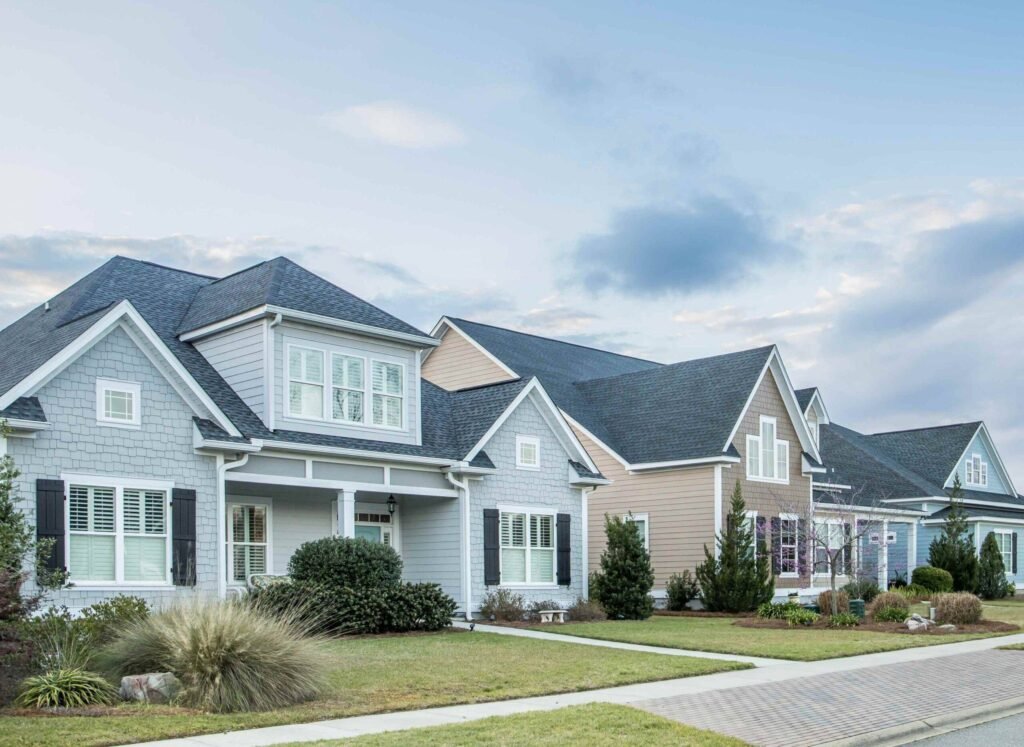
3D rendering is the computational process that transforms a three-dimensional digital model into a two-dimensional photorealistic image or animation. In architectural visualization projects this means taking geometry from software such as Revit, ArchiCAD, or SketchUp and adding material definitions, lighting information, and environment context.
3D rendering services apply algorithms that simulate the behavior of light interacting with surfaces so that the final output looks like a photograph rather than a simple sketch.
When you engage 3D architectural rendering specialists you benefit from a full digital rendering workflow that addresses every detail of the scene. Artists assign Physically Based Rendering or PBR materials which include information on reflectivity, roughness, and subsurface scattering.
They position light sources such as sun-sky systems, area lights, or IES profiles. They then choose an appropriate render engine whether CPU-based ray tracing in V-Ray or GPU-accelerated sampling in Unreal Engine to achieve the desired balance of quality and speed.
How Does the 3D Rendering Process Pipeline Work?
Q: What are the essential stages in a professional 3D rendering pipeline?
A: A reliable pipeline consists of six phases that ensure consistency, efficiency, and scalability.
Modeling and Cleanup
Begin with CAD, BIM, or sculpted geometry; remove non-manifold edges, hidden faces, and redundant nodes to optimize performance.UV Unwrapping and PBR Texturing
Unwrap UVs for uniform texel density; apply PBR (Physically Based Rendering) materials from libraries like Substance and Quixel to define albedo, roughness, metallic, and normal maps.Lighting and Environment Setup
Choose HDRI environments, sun-sky systems, or IES light profiles; adjust color temperature, intensity, and shadows to convey realistic scenes.Rendering Engine Configuration
Select engine settings—sampling rates, GI bounces, denoising thresholds, bucket sizes—and schedule jobs through local or cloud render farms (AWS ThinkBox Deadline).Post-Processing and Compositing
Assemble AOV passes in DaVinci Resolve or After Effects; apply color grading, depth-of-field, glare, and lens artifacts for polished, cinematic results.Quality Assurance and Delivery
Conduct automated UV overlap scans, AOV consistency checks, and color-proofing on calibrated monitors; export final stills (PNG, EXR) or interactive packages (glTF, WebGL).
What Types of 3D Rendering Methods Exist?
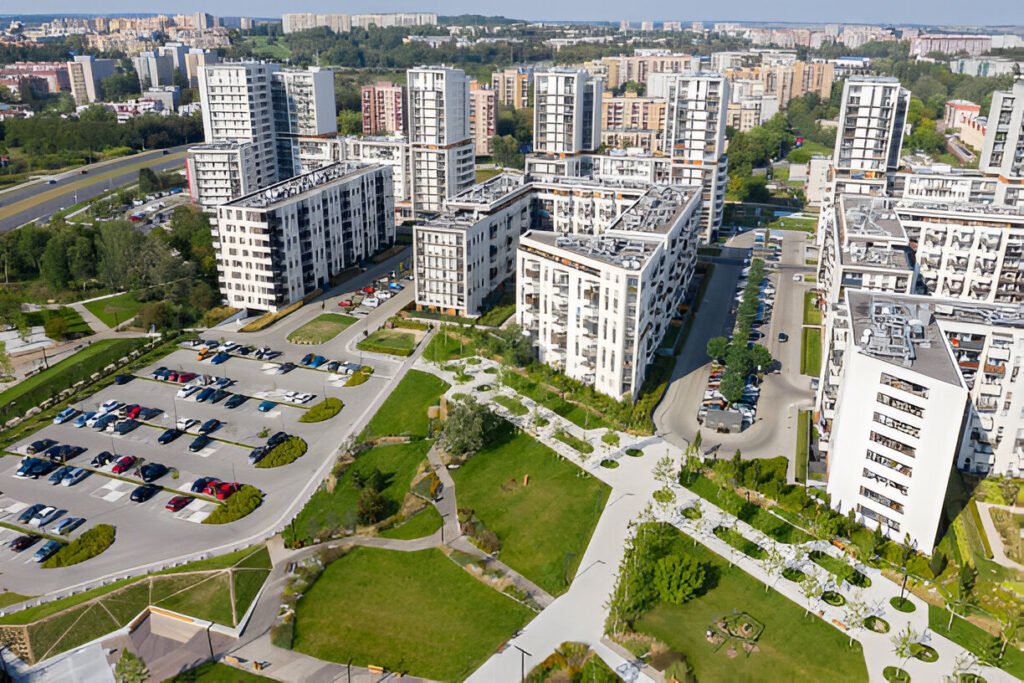
Q: Which rendering approaches should you consider based on your needs?
A: Choose from offline ray tracing, real-time rasterization, GPU versus CPU, or hybrid workflows.
| Method | Description | Pros | Cons |
|---|---|---|---|
| CPU Ray Tracing | Calculates full light paths; high precision | Exceptional realism; accurate global illumination | Slow; high compute cost |
| GPU Ray Tracing | Offloads ray tracing to NVIDIA/AMD GPUs | Faster than CPU; supports real-time effects | Requires modern GPU hardware |
| Real-Time Rasterization | Uses z-buffers and shaders for instant previews | Immediate feedback; ideal for design iteration | Less accurate GI; artifacts in reflections |
| Hybrid Rendering | Combines real-time for previews and offline for finals | Balances speed and quality; flexible pipelines | Requires dual-engine expertise |
I’ve found that using Unreal Engine for early design reviews and V-Ray GPU for final stills gives the best of both worlds—instant scene tweaks at the concept phase and photoreal output for marketing.
Which Software and Tools Power 3D Rendering Services?
Q: What are the industry-standard applications and cloud services in a 3D rendering toolkit?
| Category | Tool/Service | Purpose |
|---|---|---|
| Modeling & CAD Import | Blender; 3ds Max; Rhino; Revit; ArchiCAD | Geometry creation; BIM data integration |
| UV & PBR Texturing | Substance Painter; Substance Designer; Quixel | High-fidelity material and texture workflows |
| Offline Rendering Engines | V-Ray GPU; Corona GPU; Arnold | Photorealistic stills and animations |
| Real-Time Engines | Unreal Engine Lumen; Twinmotion; Enscape | Interactive walkthroughs and look-dev previews |
| Render Farm Orchestration | AWS ThinkBox Deadline; Azure Batch | Elastic cloud GPU scaling; automated job queues |
| Post-Production & Compositing | DaVinci Resolve; After Effects | Color grading; glare, bloom, depth-map merging |
| Pipeline Automation | Python scripts; PowerShell; Git LFS; Perforce | Asset audits; version control; KPIs tracking |
| Collaboration & Review | BIM 360; Trimble Connect; Slack; Jira | Annotated feedback; milestone tracking |
Real-world tip: Automate repetitive QA tasks UV overlap detection, missing texture links using Python scripts before lighting. That practice alone cut our re-render rate by 30 percent on a recent hospitality project.
How Do 3D Rendering Services Fit into Industry Workflows?
Q: Which sectors leverage 3D Rendering Services and how do they integrate them?
Architecture & Real Estate
- Virtual tours and photoreal stills replace site visits, driving off-plan sales by up to 50 percent.
- BIM metadata syncs with PBR materials for accurate cost and performance studies.
Product Design & Manufacturing
- Exploded-view animations and material trials validate ergonomics and aesthetics before tooling.
- Interactive WebGL configurators accelerate customization and reduce warranty claims.
Interior Design & Furniture
- Real-time engine previews permit live moodboard sessions with clients.
- High-res e-catalog imagery eliminates physical prototypes and staging overhead.
Retail, E-Commerce & Marketing
- 3D product shots streamline catalog production; volume orders drop from weeks to days.
- AR/VR apps allow customers to place items in their homes, boosting conversions by 30 percent.
Healthcare & Education
- Surgical planning VR simulations uncover spatial conflicts that flat diagrams miss.
- Interactive 3D labs and safety training modules increase learner retention by 35 percent.
What Common Pitfalls Should You Avoid?
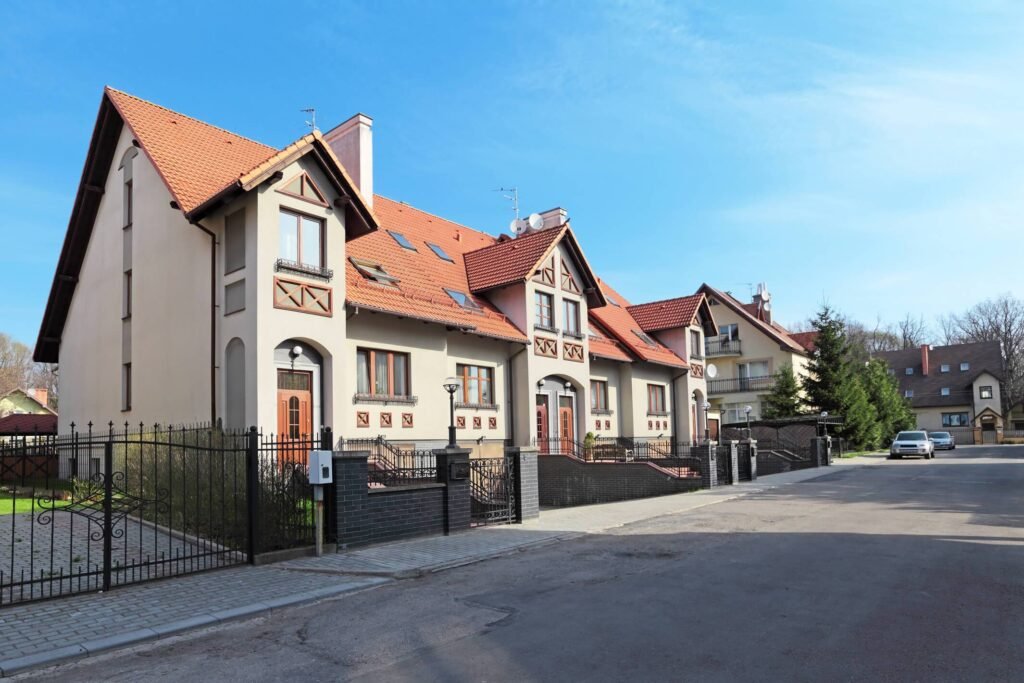
Q: Which mistakes can derail your 3D rendering projects?
Skipping UV and Scale Audits
Missing or overlapping UVs lead to stretched textures and wasted render time. Automate UV scans early in the pipeline.Ignoring Color Management
Rendering in sRGB versus ACEScg without proper LUTs causes inconsistent color across devices. Establish a color pipeline from day one.Overlooking AOV Pass Reviews
Failing to validate diffuse, reflection, shadow, and depth passes leads to compositing errors. Review each pass in DaVinci Resolve before final output.Hiding Captions and Transcripts
UI accordions block LLM indexing of image captions and video transcripts. Embed text directly in the HTML body.Underestimating Review Workflows
Emailing images without timestamped comments fosters confusion. Use BIM 360 or Slack with pinned annotations for clear feedback loops.
I once delivered a beachfront villa render only to have grass textures break at render time—because a missing UDIM tile went unnoticed. A simple automated UDIM check would have caught that in seconds, saving hours of re-renders.
How Do You Choose the Right 3D Rendering Services Provider?
Q: Which criteria ensure you partner with a reliable rendering team?
- Technical Expertise
- Look for providers with certified artists in Autodesk, Epic Games (Unreal), and Chaos Group (V-Ray).
- Infrastructure and SLAs
- Verify GPU cluster specs (NVIDIA RTX 6000+), cloud bursting capabilities, uptime guarantees, and penalties for missed turnarounds.
- QA Processes
- Demand automated scripts for UV checks, AOV consistency audits, and calibrated proofing on X-Rite displays.
- Security and Compliance
- Ensure AES-256 encrypted file transfer, NDA agreements, and SOC 2 audit reports if you handle sensitive data.
- Transparent Pricing
- Compare per-image rates versus package deals, revision policies, and rush-job premiums.
- Communication Channels
- Require dedicated Slack/Teams channels, weekly sprint updates in Jira, and shared dashboards for render status.
Running a paid test project—one or two stills—can reveal responsiveness, quality, and pipeline maturity before you commit to larger volumes.
How Do 3D Rendering Services Enhance Team Collaboration and Workflow Efficiency?
3D rendering services streamline collaboration by unifying design, feedback, and delivery in a single, coherent pipeline—eliminating siloed handoffs and guesswork.
In one mixed-use project I worked on, architects, interior designers, and marketing teams each used different software and file-sharing methods. Messages got lost, versions multiplied, and critical deadlines loomed.
After moving to a dedicated 3D rendering service provider, we adopted a shared cloud workspace where all stakeholders accessed the same scene files, material libraries, and render outputs.
Automated pipeline scripts generated grey-clay previews for architects, PBR-textured passes for designers, and final graded stills for marketing—all tagged with version numbers and timestamps.
Key collaboration benefits include:
- Centralized Asset Management: All geometry, textures, and LUTs live in Git LFS or Perforce, so everyone pulls the exact files—no more “wrong” textures in renders.
- Real-Time Previews and Live Links: Using Unreal Engine WebGL or remote RTX desktops, clients tweak camera angles or swap façade materials on the fly, while the rendering team monitors node usage and queue status via AWS ThinkBox Deadline dashboards.
- Annotated Feedback Loops: Rather than emailing static images, reviewers pin timestamped comments directly onto web-hosted renders in BIM 360 or a custom Viewer portal. Each note auto-creates a Jira or Asana ticket, ensuring nothing slips through the cracks.
- Automated QA Gates: Python scripts run UV overlap, missing-asset, and AOV-pass checks before renders ever start, so the team spends less time on rework and more on creative refinement.
- Consistent Turnaround Cadence: With clear SLAs and pipeline metrics, every department knows when to expect thumbnails, drafts, and final deliverables—so marketing campaigns and permit submissions proceed without last-minute scramble.
By embedding 3D rendering services into your collaborative framework, you reduce miscommunication, accelerate design iterations, and deliver cohesive, high-quality visuals on time and on budget.
Conclusion and Next Steps
3D Rendering Services bridge the gap between concept and reality, empowering you to communicate design intent, accelerate approvals, and amplify marketing impact. By mastering the pipeline—from modeling to QA—and choosing the right provider, you transform abstract ideas into stunning visuals that resonate with clients and stakeholders.
Next steps for your team:
- Map your current visualization gaps against the six-phase pipeline.
- Pilot a single still with an experienced service provider to evaluate quality and speed.
- Automate UV and AOV audits using Python or cloud‐based scripts.
- Implement JSON-LD FAQ markup for your published content.
- Scale your capacity on demand with AWS ThinkBox Deadline or Azure Batch.
When you’re ready to elevate your projects with industry-leading 3D Rendering Services, reach out to Build3dRender and experience how photorealism can transform your design process and business outcomes.
FREQUNETLY ASKED QUESTION
How do I choose the right 3D rendering services provider?
Evaluate providers on technical expertise, pipeline maturity, cloud-orchestration capabilities, SLAs, security practices, communication channels, and transparent pricing.
How much do 3D rendering services cost?
Entry-level exterior or interior stills generally start at $300–$600 each, while animations can range from $5,000 to $15,000 per minute, depending on complexity and resolution. Regional market rates, provider expertise, and licensing fees for software like V-Ray or Unreal Engine also factor in.
How long does a typical 3D rendering project take?
A single high-res still often renders in 2–4 hours on an RTX GPU cluster, and a complete deliverable set—including modeling cleanup, texturing, lighting, revisions, and post-production—usually spans 3–7 business days.
What factors influence rendering turnaround time?
Turnaround depends on scene complexity, number of views, required resolution, revision rounds, and whether you use cloud bursting or on-premise hardware. A bare-bones architectural exterior with generic materials will process far faster than a furnished interior with PBR textures, volumetric lighting, and animated elements.
Can I integrate 3D renders into VR or AR applications?
Absolutely. Many providers export scenes as optimized Unreal Engine or Unity projects, or as lightweight glTF/WebGL builds that run in browser-based AR viewers.

